The Legend of Zelda franchise has captivated gamers for decades with its captivating stories, immersive gameplay, and iconic characters. From its humble beginnings in 1986 to its latest release in 2022, the series has evolved and grown, cementing its place as one of the most beloved and successful video game franchises of all time. In this comprehensive guide, we will take you on a journey through the rich history of The Legend of Zelda games, exploring each installment in chronological order and highlighting their unique features and contributions to the franchise.
The Legend of Zelda (1986)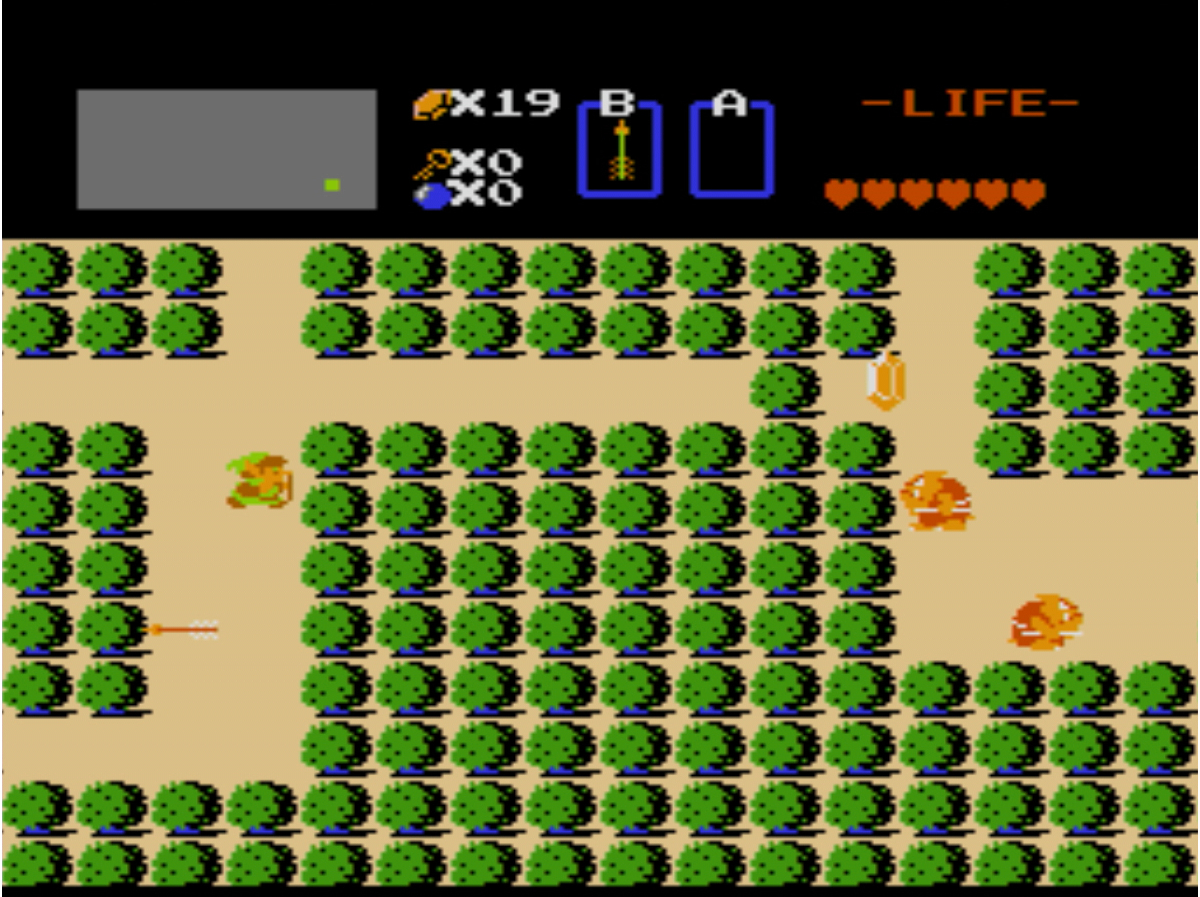
The Legend of Zelda was the game that started it all. Released in 1986 for the Nintendo Entertainment System (NES), it introduced players to the world of Hyrule and the hero, Link. In this top-down adventure, players took on the role of Link as he embarked on a quest to rescue Princess Zelda from the clutches of the evil Ganon. The game was groundbreaking for its time, featuring a vast open world to explore, challenging dungeons to conquer, and a unique save feature that allowed players to continue their progress.
The Adventure of Link (1987)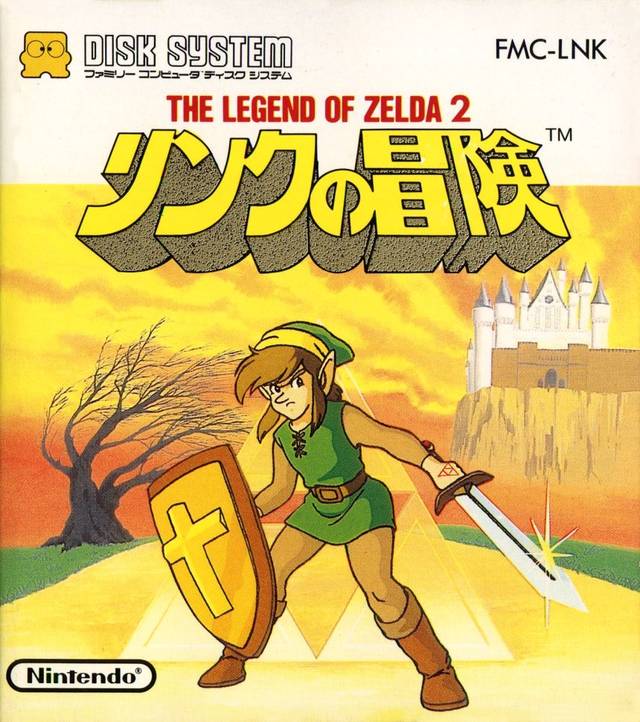
The Adventure of Link, released in 1987 for the NES, was a departure from the gameplay of its predecessor. This side-scrolling action RPG focused on Link’s quest to awaken Zelda from a sleeping spell by collecting the Triforce of Courage. The game introduced new mechanics, such as experience points and leveling up, which added depth to the gameplay. Despite being considered the “black sheep” of the series by some fans, The Adventure of Link remains an important entry in the franchise’s history.
A Link to the Past (1991)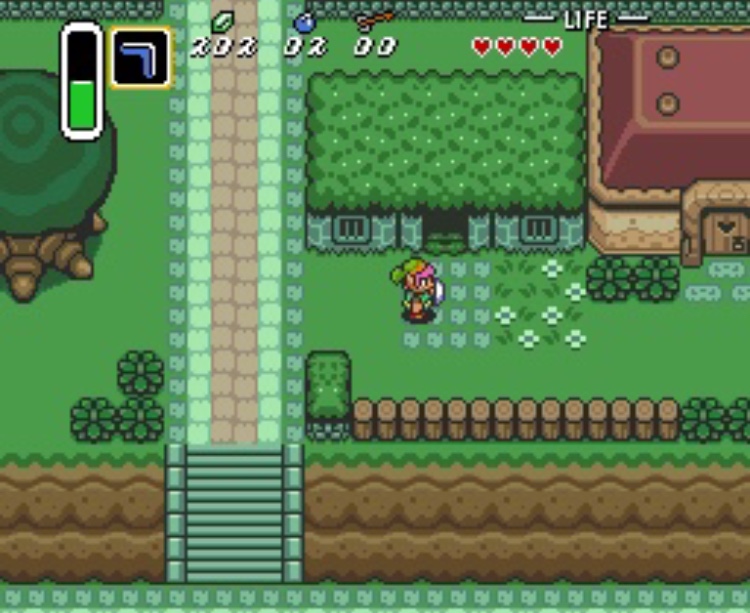
A Link to the Past, released in 1991 for the Super Nintendo Entertainment System (SNES), is often regarded as one of the best entries in the series. This top-down adventure returned to the formula of the original game, but with significant improvements and additions. Players once again took on the role of Link as he embarked on a quest to rescue Princess Zelda and defeat the evil wizard Agahnim. The game introduced iconic elements, such as the Master Sword and the Dark World, and set the standard for future Zelda games.
Link’s Awakening (1993)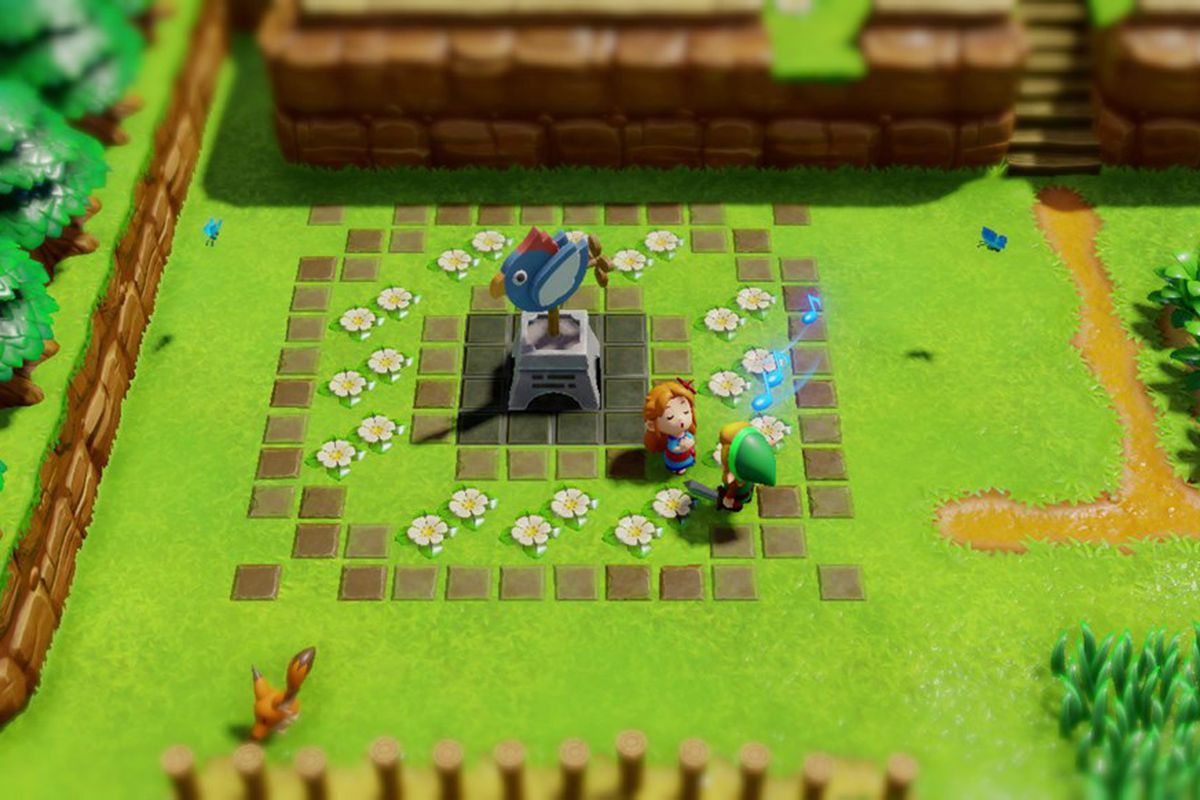
Link’s Awakening, released in 1993 for the Game Boy, took players on a unique journey outside of Hyrule. Stranded on the mysterious Koholint Island, Link must awaken the Wind Fish to escape. The game featured a compelling story, memorable characters, and challenging puzzles. It was later re-released on the Game Boy Color with additional features, and in 2019, a remake was released for the Nintendo Switch, introducing updated graphics and gameplay enhancements.
Ocarina of Time (1998)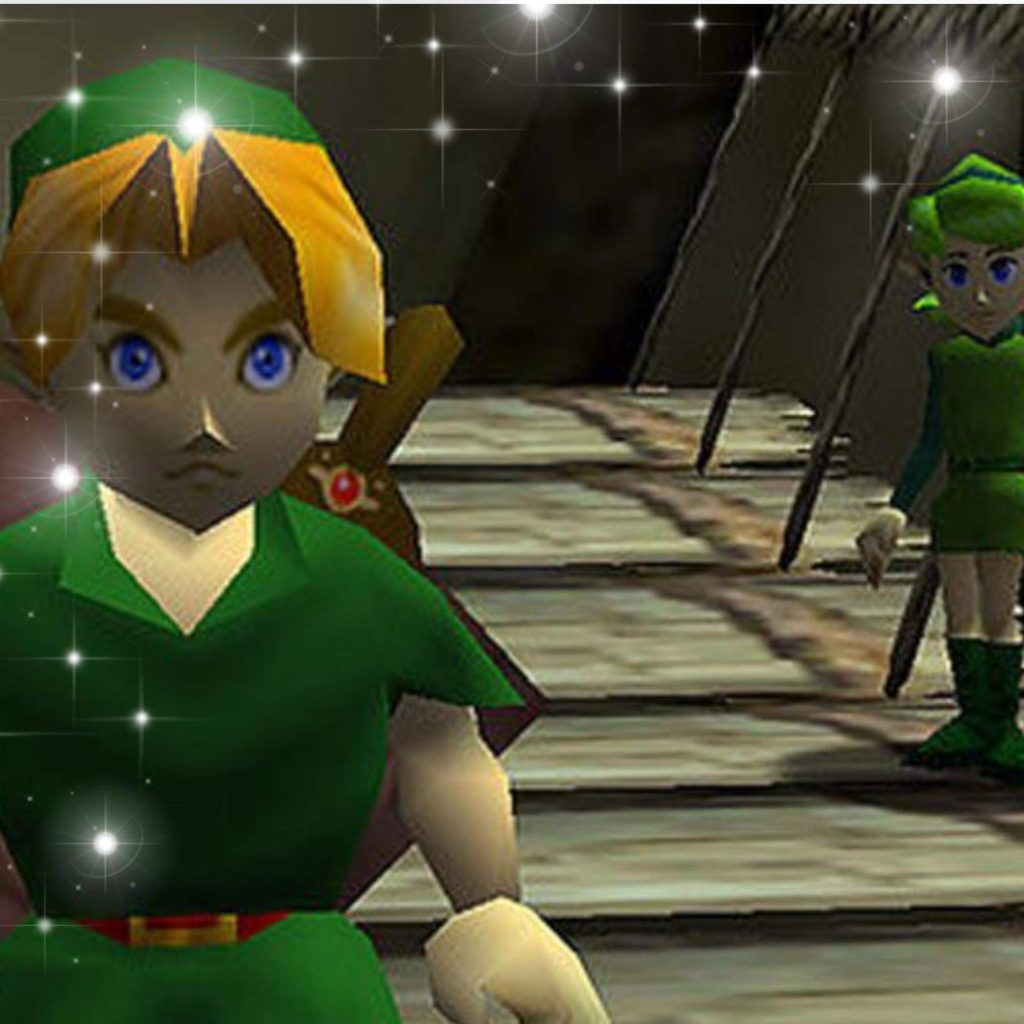
Ocarina of Time, released in 1998 for the Nintendo 64, is often considered a masterpiece and a turning point for the franchise. This 3D adventure introduced players to a fully realized 3D world of Hyrule and revolutionized gaming with its innovative targeting system and time travel mechanics. Players took on the role of young Link as he embarked on a quest to defeat Ganondorf and save Princess Zelda. Ocarina of Time received critical acclaim for its immersive gameplay, epic storyline, and memorable characters.
Majora’s Mask (2000)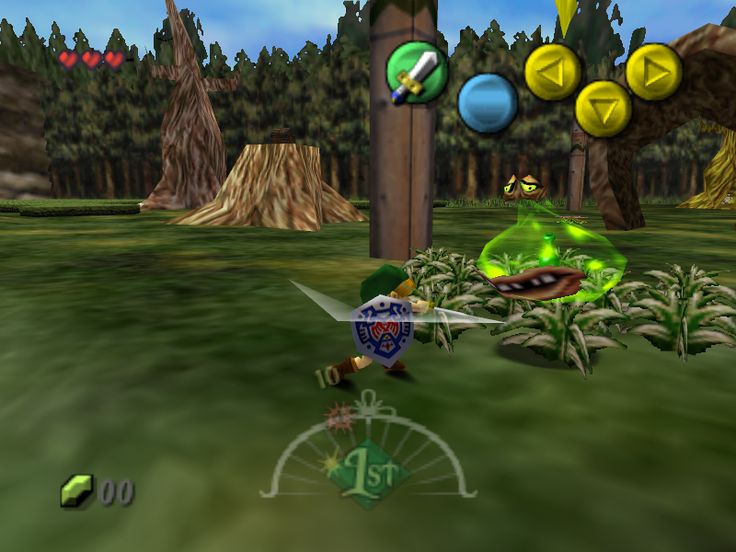
Majora’s Mask, released in 2000 for the Nintendo 64, is a direct sequel to Ocarina of Time and a departure from the traditional Zelda formula. In this dark and atmospheric game, Link must save the land of Termina from destruction by stopping the moon from crashing into the world. The game introduced a unique time mechanic, where Link must relive the same three days over and over again to solve puzzles and help the inhabitants of Termina. Despite its initial polarizing reception, Majora’s Mask has since gained a devoted fanbase and is now considered one of the best entries in the series.
Oracle of Ages and Oracle of Seasons (2001)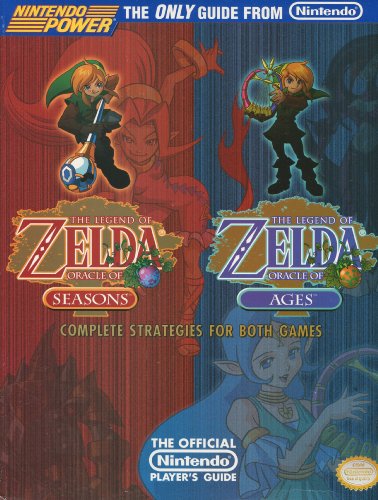
Oracle of Ages and Oracle of Seasons were released simultaneously for the Game Boy Color in 2001. These two interconnected games allowed players to experience a unique adventure in each game and transfer their progress between the two. In Oracle of Ages, Link must navigate through time to rescue Nayru, while in Oracle of Seasons, Link must restore the seasons to the land of Holodrum. The games featured classic Zelda gameplay, challenging puzzles, and memorable boss battles.
The Wind Waker (2002)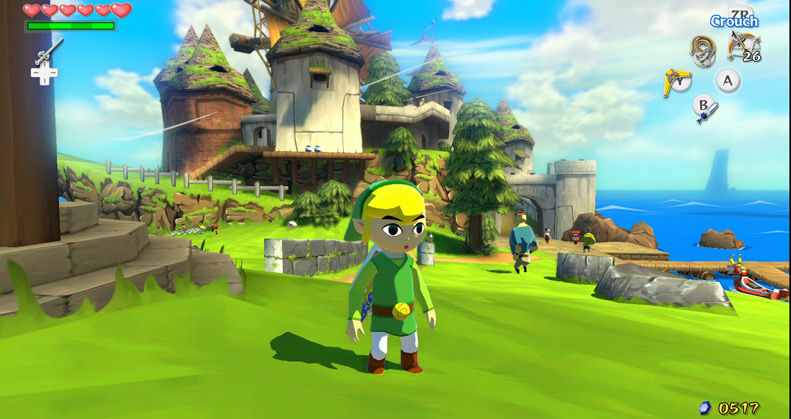
The Wind Waker, released in 2002 for the GameCube, took a bold artistic direction with its cel-shaded graphics and vibrant world. Set on a vast ocean, players took on the role of Link as he embarked on a quest to rescue his sister and defeat the evil sorcerer Ganon. The game introduced sailing mechanics, allowing players to explore various islands and discover hidden treasures. The Wind Waker received critical acclaim for its unique art style, engaging storyline, and innovative gameplay mechanics.
Four Swords Adventures (2004)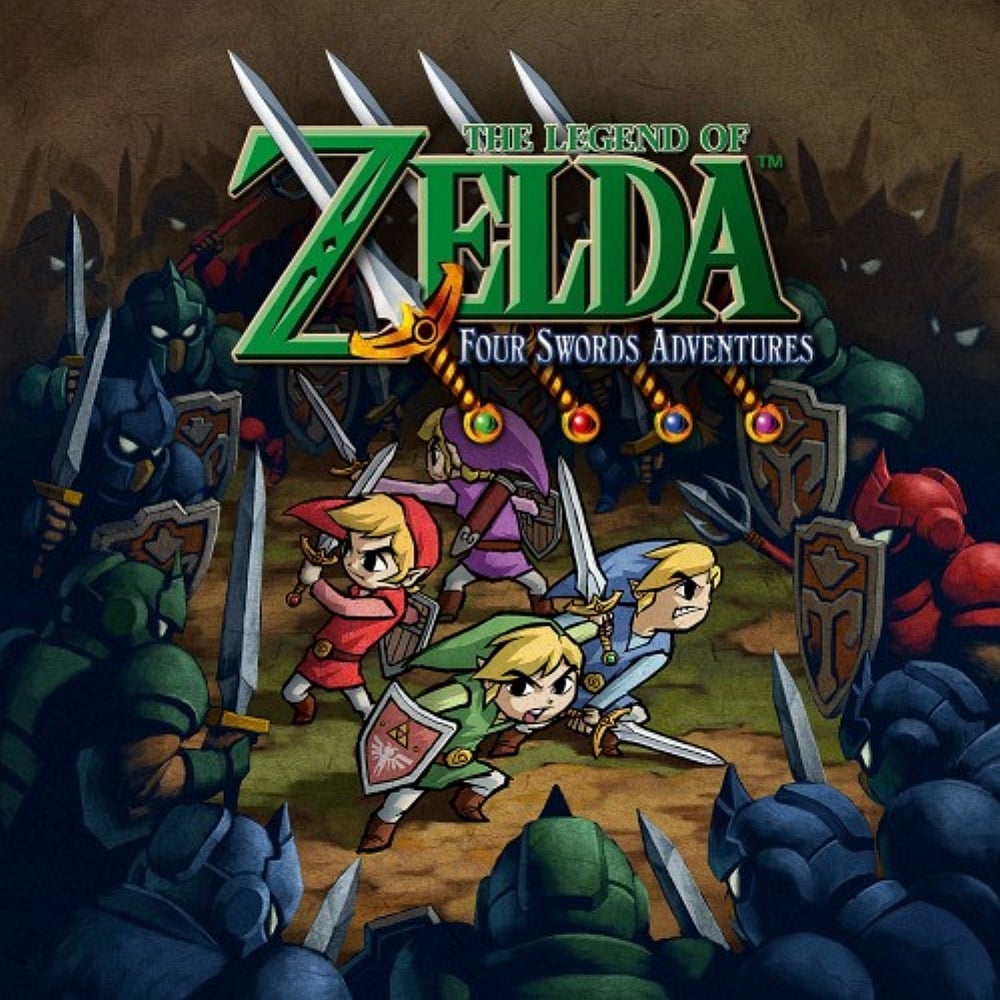
Four Swords Adventures, released in 2004 for the GameCube, focused on multiplayer gameplay and cooperative puzzle-solving. Players could connect up to four Game Boy Advance consoles to the GameCube and work together to defeat enemies and overcome challenges. The game featured both a single-player mode and a multiplayer mode, allowing friends to team up and embark on an epic adventure together. Four Swords Adventures offered a unique multiplayer experience and showcased the franchise’s versatility.
The Minish Cap (2004)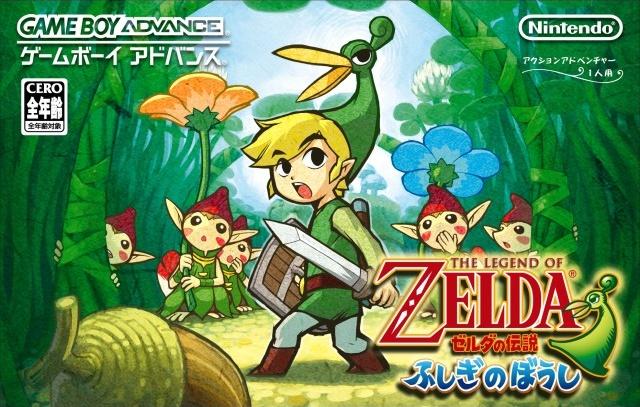
The Minish Cap, released in 2004 for the Game Boy Advance, introduced players to a new mechanic: the ability to shrink down to microscopic size. Link must team up with the magical cap Ezlo to save Princess Zelda and the land of Hyrule from the evil sorcerer Vaati. The game featured a mix of classic Zelda gameplay and new mechanics, such as the ability to merge with certain objects while in minish form. The Minish Cap received praise for its charming art style, creative puzzles, and engaging gameplay.
Twilight Princess (2006)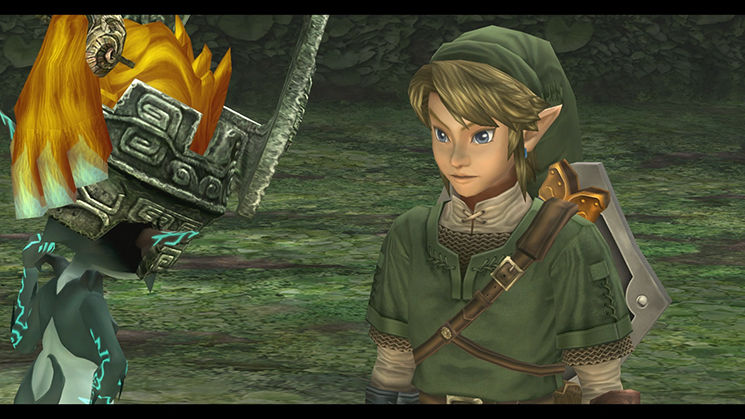
Twilight Princess, released in 2006 for the GameCube and Wii, took a darker and more mature approach to the Zelda series. Players took on the role of Link as he ventured into the Twilight Realm to save Princess Zelda and the land of Hyrule from being consumed by darkness. The game featured a vast open world, challenging dungeons, and memorable characters. Twilight Princess was praised for its immersive atmosphere, epic storyline, and innovative use of motion controls on the Wii.
Phantom Hourglass (2007)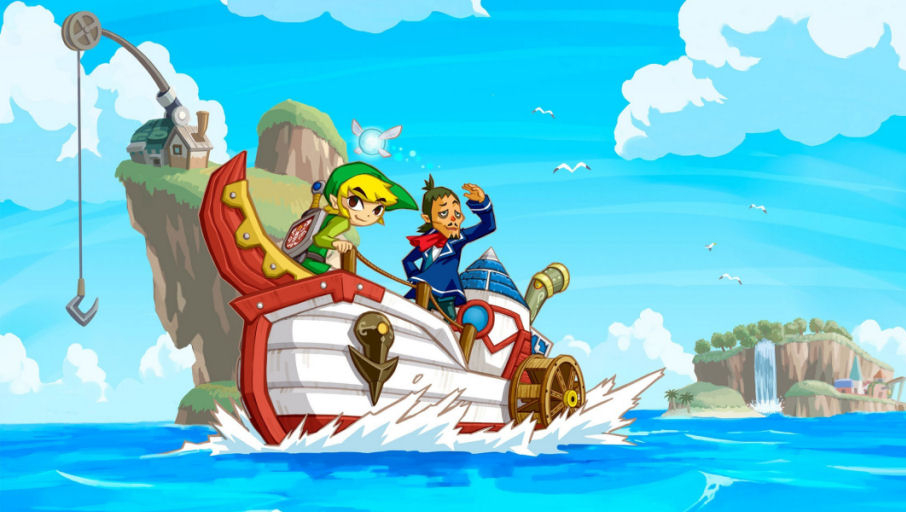
Phantom Hourglass, released in 2007 for the Nintendo DS, served as a direct sequel to The Wind Waker. The game continued the story of Link and Tetra as they embarked on a quest to rescue Tetra from the clutches of the Ghost Ship and defeat the evil Bellum. Phantom Hourglass utilized the touchscreen and stylus of the Nintendo DS, offering intuitive controls and innovative gameplay mechanics. The game received positive reviews for its engaging story, clever puzzles, and unique use of the DS hardware.
Spirit Tracks (2009)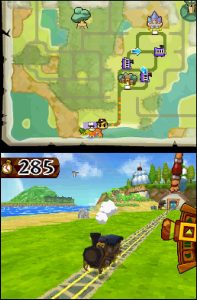
Spirit Tracks, released in 2009 for the Nintendo DS, followed the story of Link as he became a train engineer and embarked on a quest to restore the Spirit Tracks and defeat the evil Chancellor Cole. The game featured a unique transportation system, with players controlling a steam train to navigate through the land of Hyrule. Spirit Tracks continued the tradition of clever puzzles, engaging dungeons, and memorable characters that the Zelda series is known for. The game received praise for its innovative gameplay mechanics and charming storyline.
Skyward Sword (2011)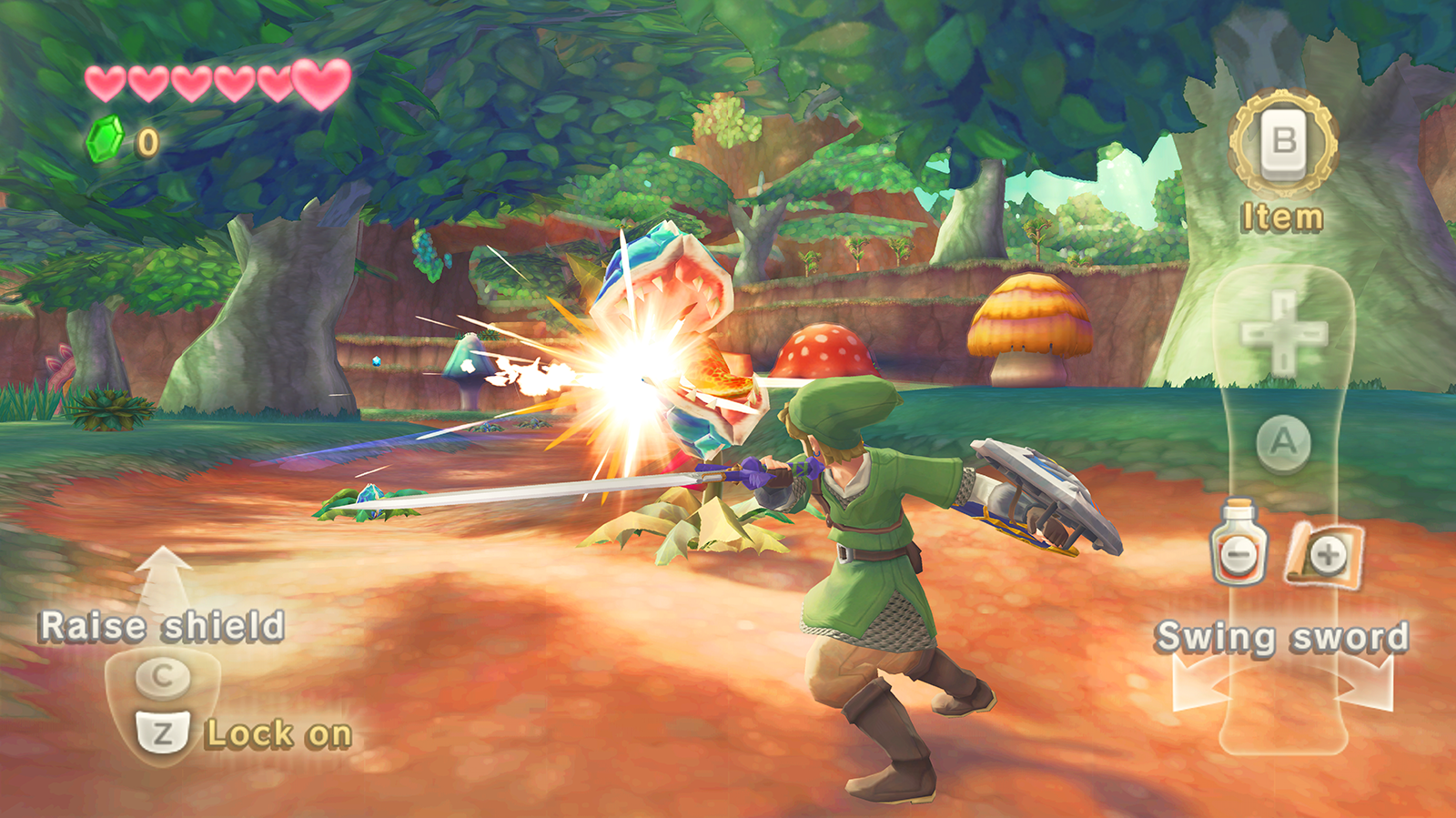
Skyward Sword, released in 2011 for the Wii, served as a prequel to the entire Zelda series, exploring the origins of the Master Sword and the ongoing battle between Link and Ganon. The game introduced motion controls, allowing players to swing the Wii Remote to perform sword attacks and other actions. Skyward Sword featured a rich storyline, stunning visuals, and complex dungeons. The game received critical acclaim for its immersive gameplay, memorable characters, and emotional storytelling.
A Link Between Worlds (2013)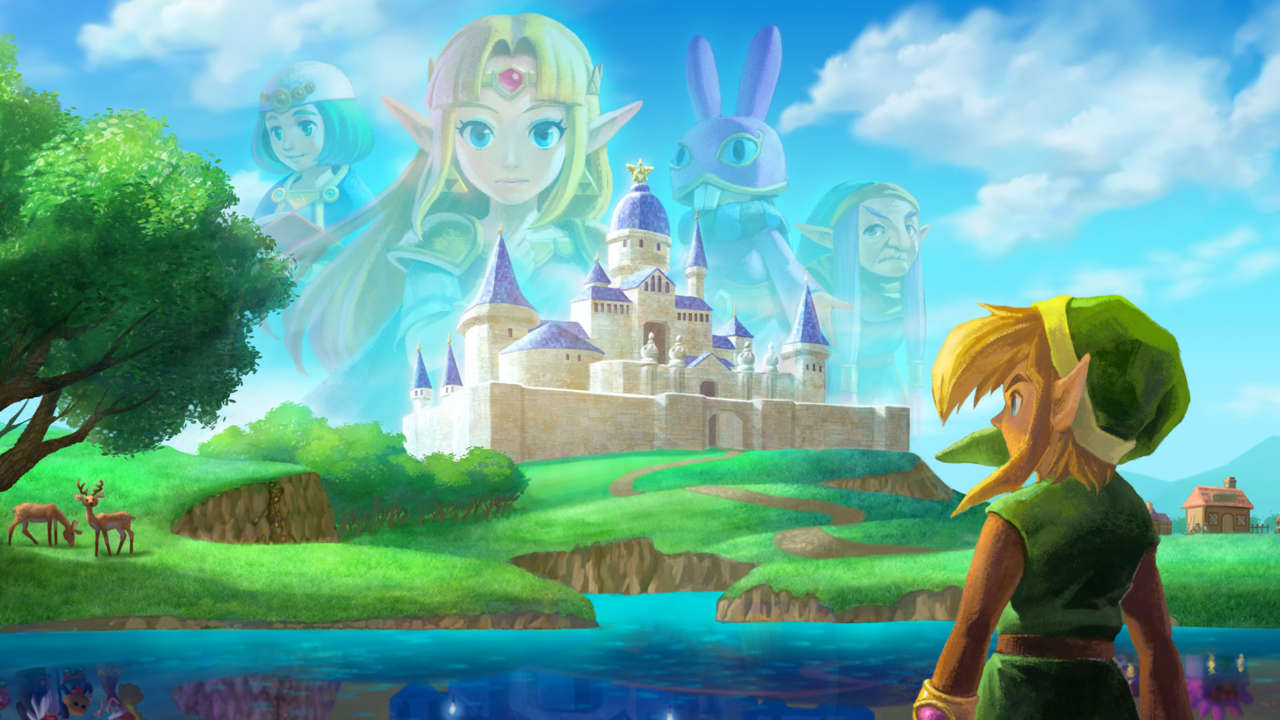
A Link Between Worlds, released in 2013 for the Nintendo 3DS, paid homage to A Link to the Past while introducing innovative gameplay mechanics. The game featured a unique ability for Link to transform into a painting and move along walls and other surfaces. Players embarked on a quest to rescue Princess Zelda and defeat the evil sorcerer Yuga. A Link Between Worlds received praise for its nostalgic yet fresh approach, challenging puzzles, and seamless integration of 2D and 3D gameplay.
Tri Force Heroes (2015)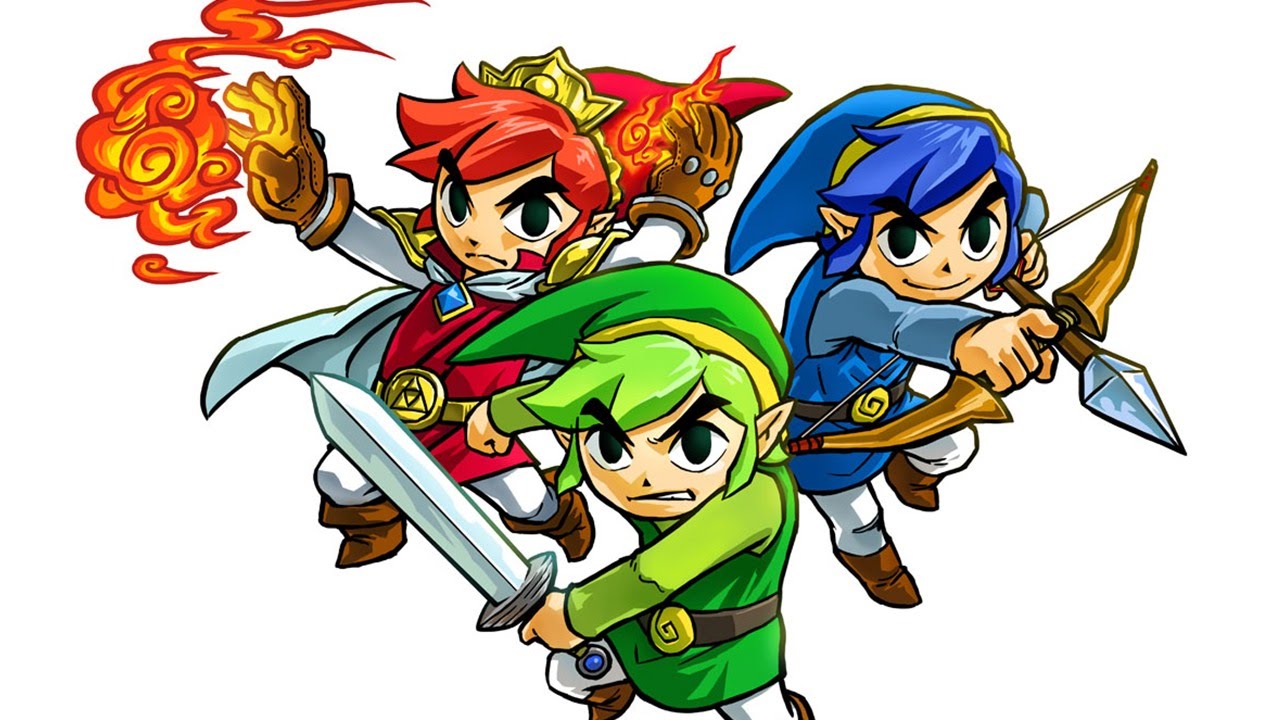
Tri Force Heroes, released in 2015 for the Nintendo 3DS, focused on multiplayer gameplay and cooperative puzzle-solving. Players could team up with friends or play solo as they embarked on a quest to save Princess Styla and defeat the evil witch Lady Maud. The game introduced a unique costume system, allowing players to customize their abilities and work together to overcome challenges. Tri Force Heroes offered a fun and lighthearted multiplayer experience, showcasing the franchise’s versatility.
Breath of the Wild (2017)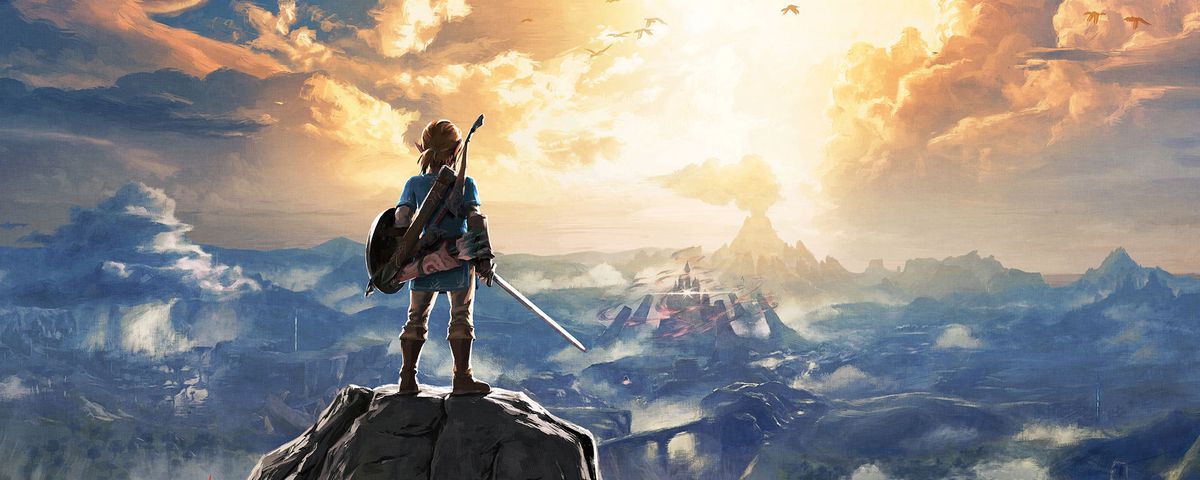
Breath of the Wild, released in 2017 for the Wii U and Nintendo Switch, represented a radical departure from the traditional Zelda formula. The game introduced an expansive open world that players could freely explore, offering a sense of freedom and adventure unlike anything seen in previous Zelda games. Players took on the role of Link as he awakened from a century-long slumber and embarked on a quest to defeat the evil Calamity Ganon and rescue Princess Zelda. Breath of the Wild received universal acclaim for its breathtaking world, immersive gameplay, and innovative approach to storytelling.
Breath of the Wild 2 (2022)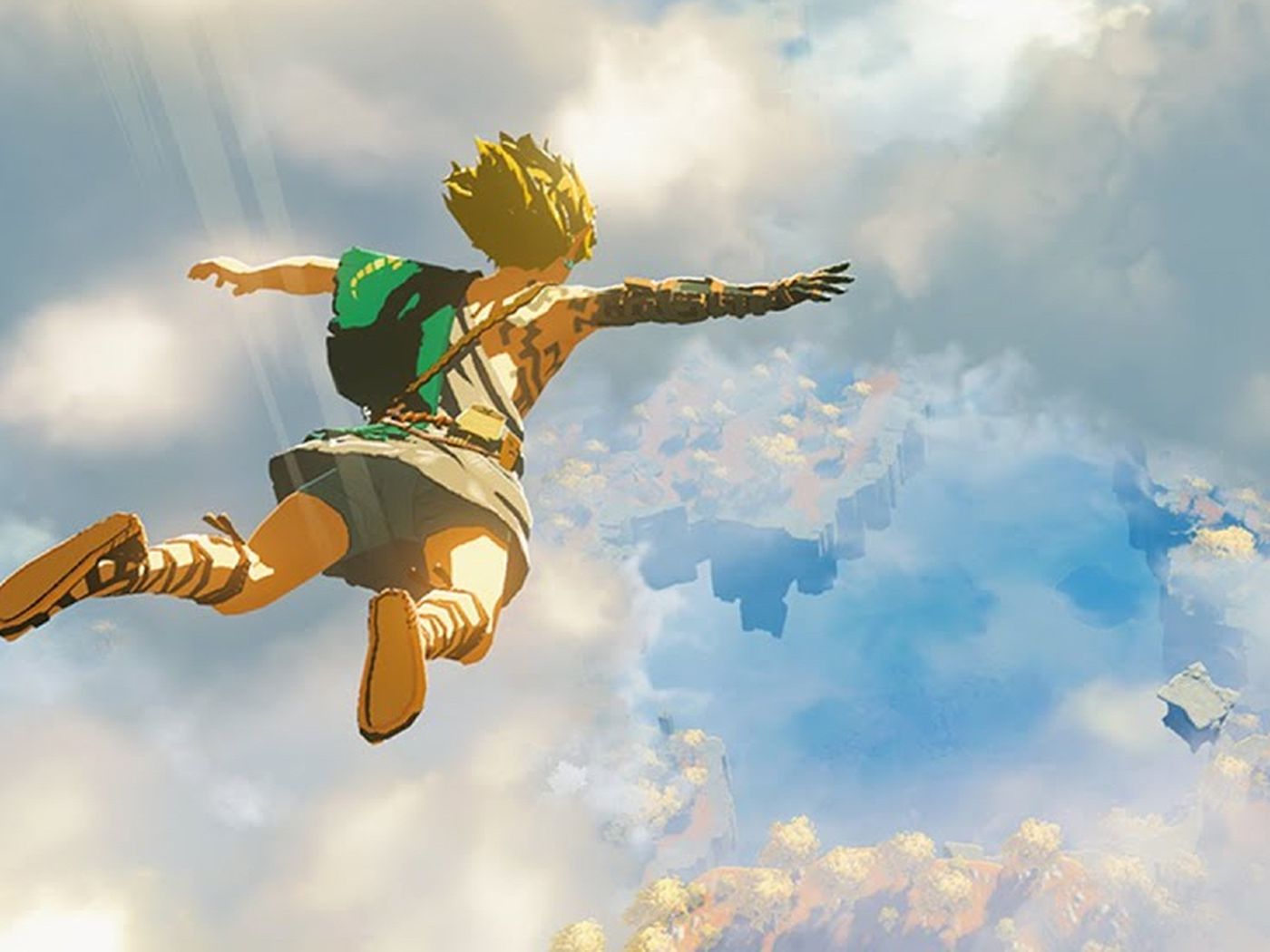
Breath of the Wild 2, announced in 2019 and set for release in 2022, serves as a direct sequel to the critically acclaimed Breath of the Wild. While details about the game are still scarce, it is expected to build upon the foundation laid by its predecessor, offering new gameplay mechanics, a continuation of the story, and further exploration of the vast open world of Hyrule. Fans eagerly await the release of Breath of the Wild 2, eager to embark on another epic adventure with Link.
Wrapping up
The Legend of Zelda series has captured the hearts of gamers worldwide with its rich storytelling, immersive gameplay, and iconic characters. From the classic top-down adventures to the groundbreaking 3D experiences, each game in the franchise has left a lasting impact on the gaming industry. Whether you’re a longtime fan or new to the series, there’s a Zelda game for everyone to enjoy. So grab your sword, don your green tunic, and embark on an unforgettable journey through the kingdom of Hyrule. The legend awaits!
Other Technical Reviews:- Reviews



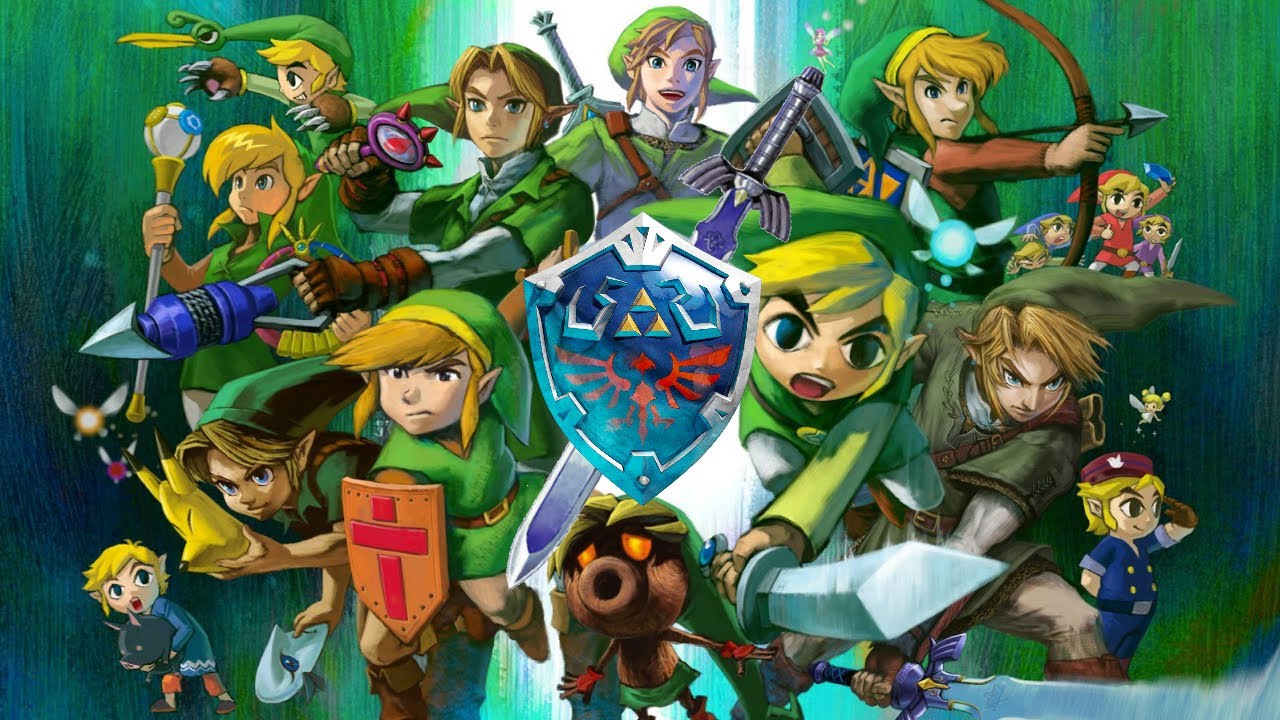

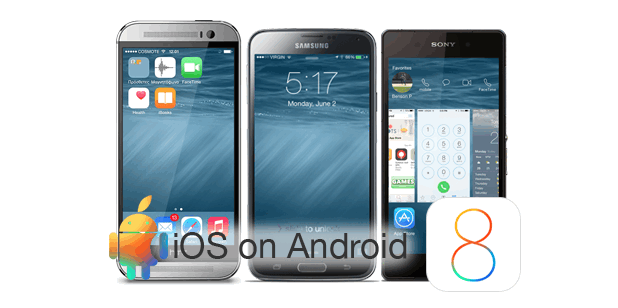

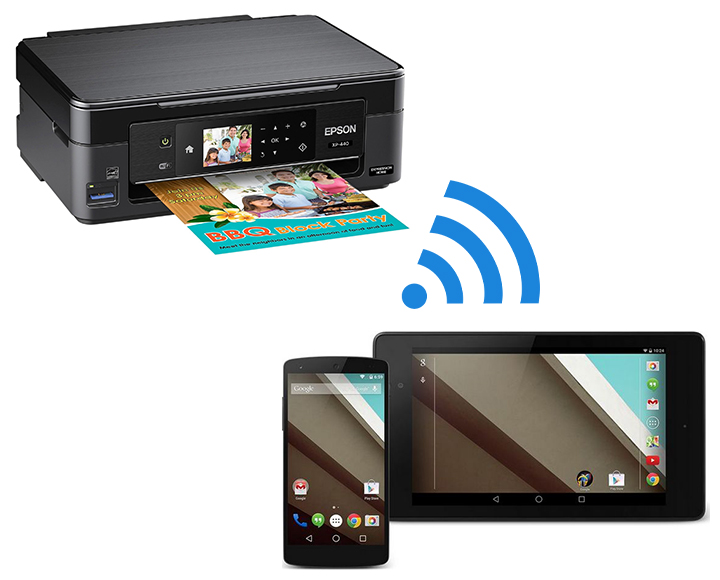
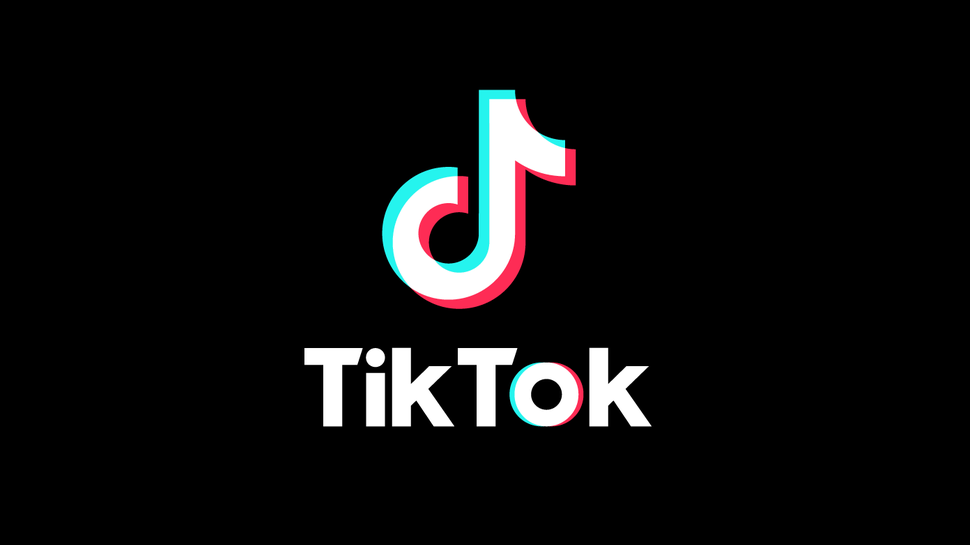
1 comment